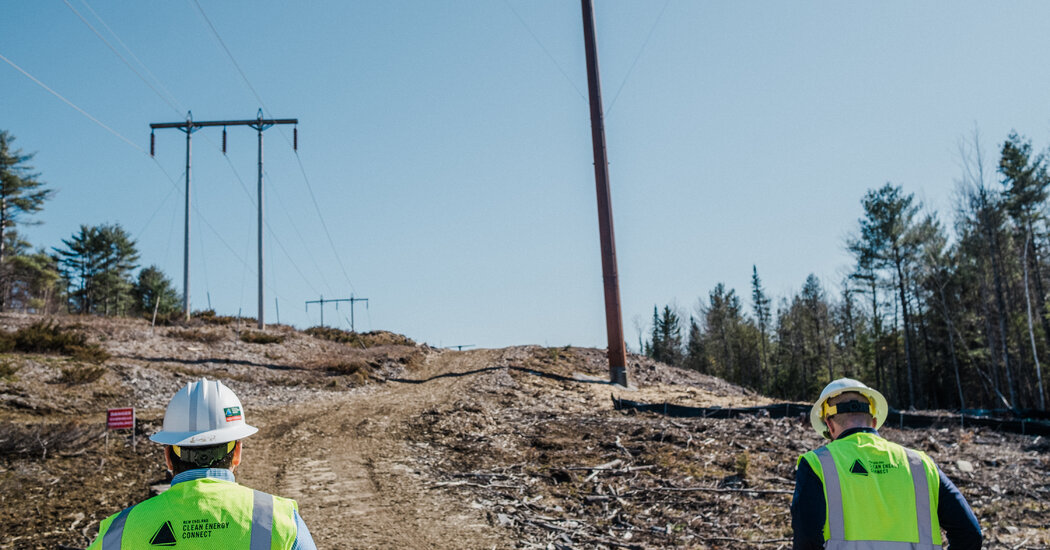The Federal Energy Regulatory Commission approved the biggest changes in more than a decade to the way U.S. power lines are planned and funded.
Federal regulators on Monday approved sweeping changes to how America’s electric grids are planned and funded, in a move that supporters hope could spur thousands of miles of new high-voltage power lines and make it easier to add more wind and solar energy.
The new rule by the Federal Energy Regulatory Commission, which oversees interstate electricity transmission, is the most significant attempt in years to upgrade and expand the country’s creaking electricity network. Experts have warned that there aren’t nearly enough high-voltage power lines being built today, putting the country at greater risk of blackouts from extreme weather while making it harder to shift to renewable sources of energy and cope with rising electricity demand.
A big reason for the slow pace of grid expansion is that operators rarely plan for the long term, the commission said.
The nation’s three main electric grids are overseen by a patchwork of utilities and regional grid operators that mainly focus on ensuring the reliability of electricity to homes and businesses. When it comes to building new transmission lines, grid operators tend to be reactive, responding after a wind-farm developer asks to connect to the existing network or once a reliability problem is spotted.
The new federal rule, which was two years in the making, requires grid operators around the country to identify needs 20 years into the future, taking into account factors like changes in the energy mix, the growing number of states that require wind and solar power and the risks of extreme weather.
Grid planners would have to evaluate the benefits of new transmission lines, such as whether they would lower electricity costs or reduce the risk of blackouts, and develop methods for splitting the costs of those lines among customers and businesses.
